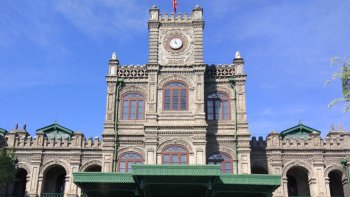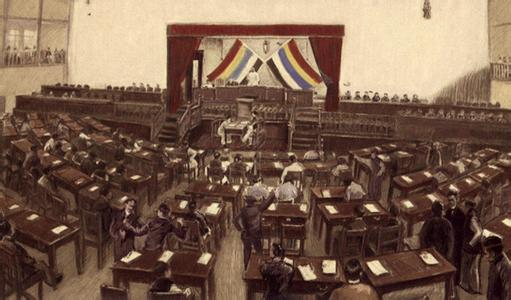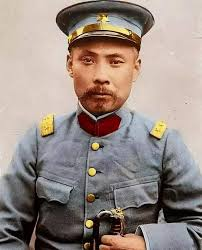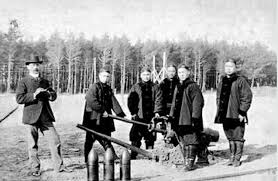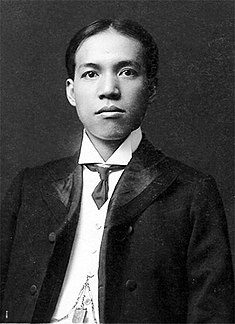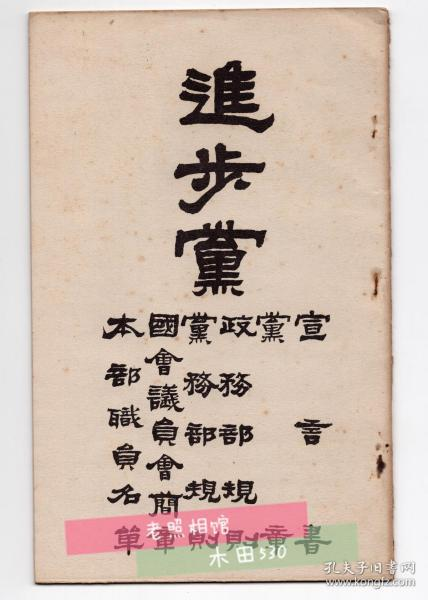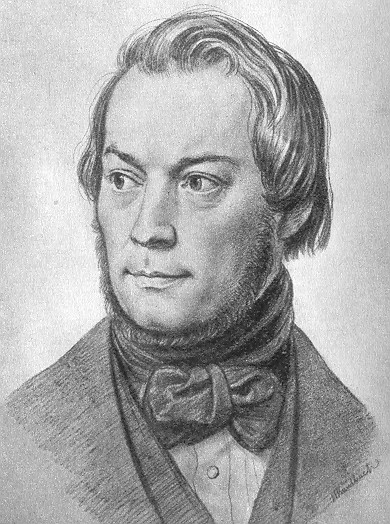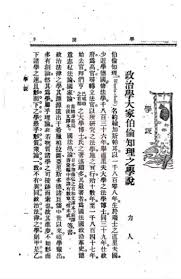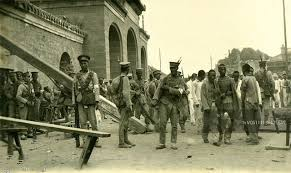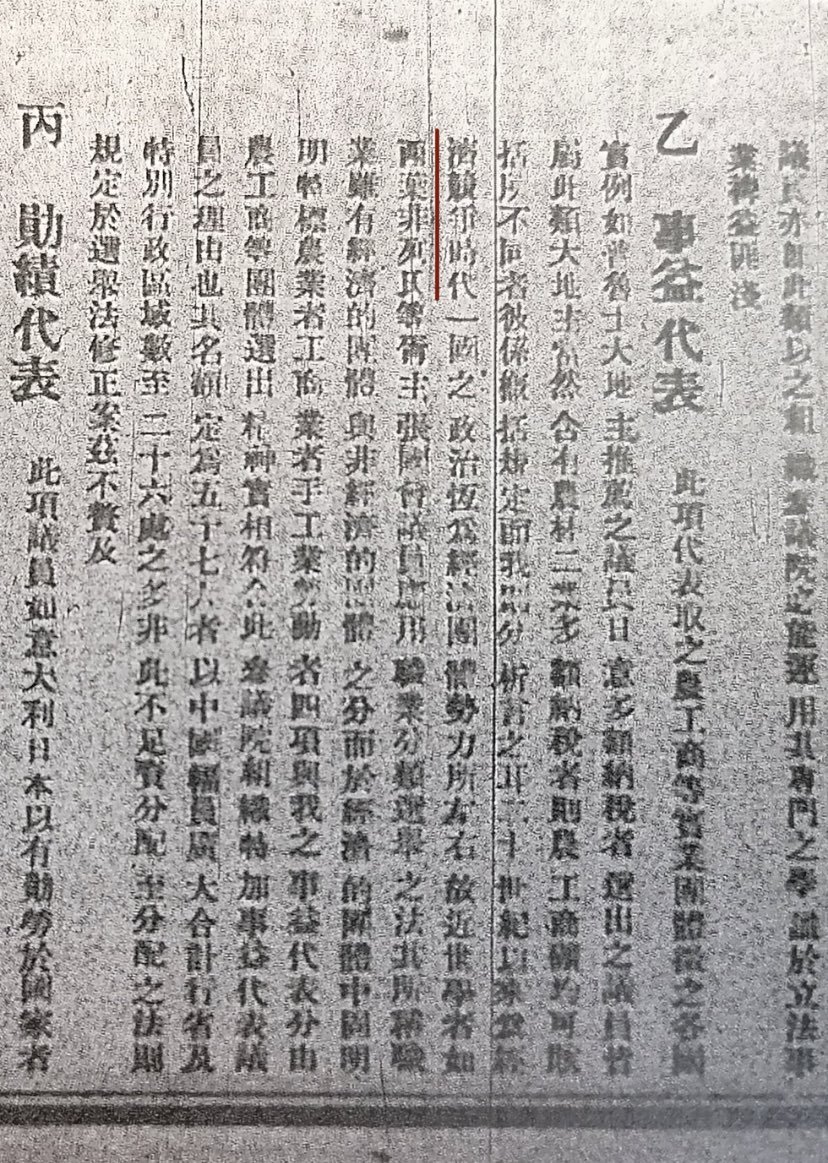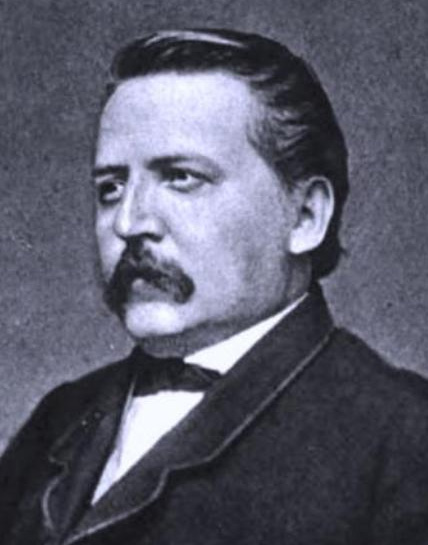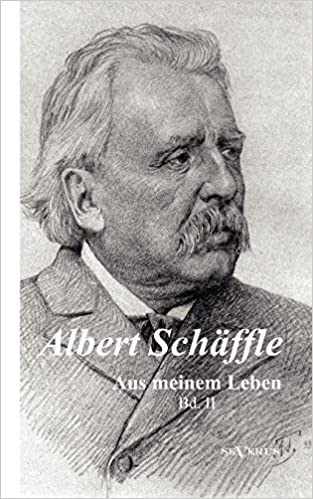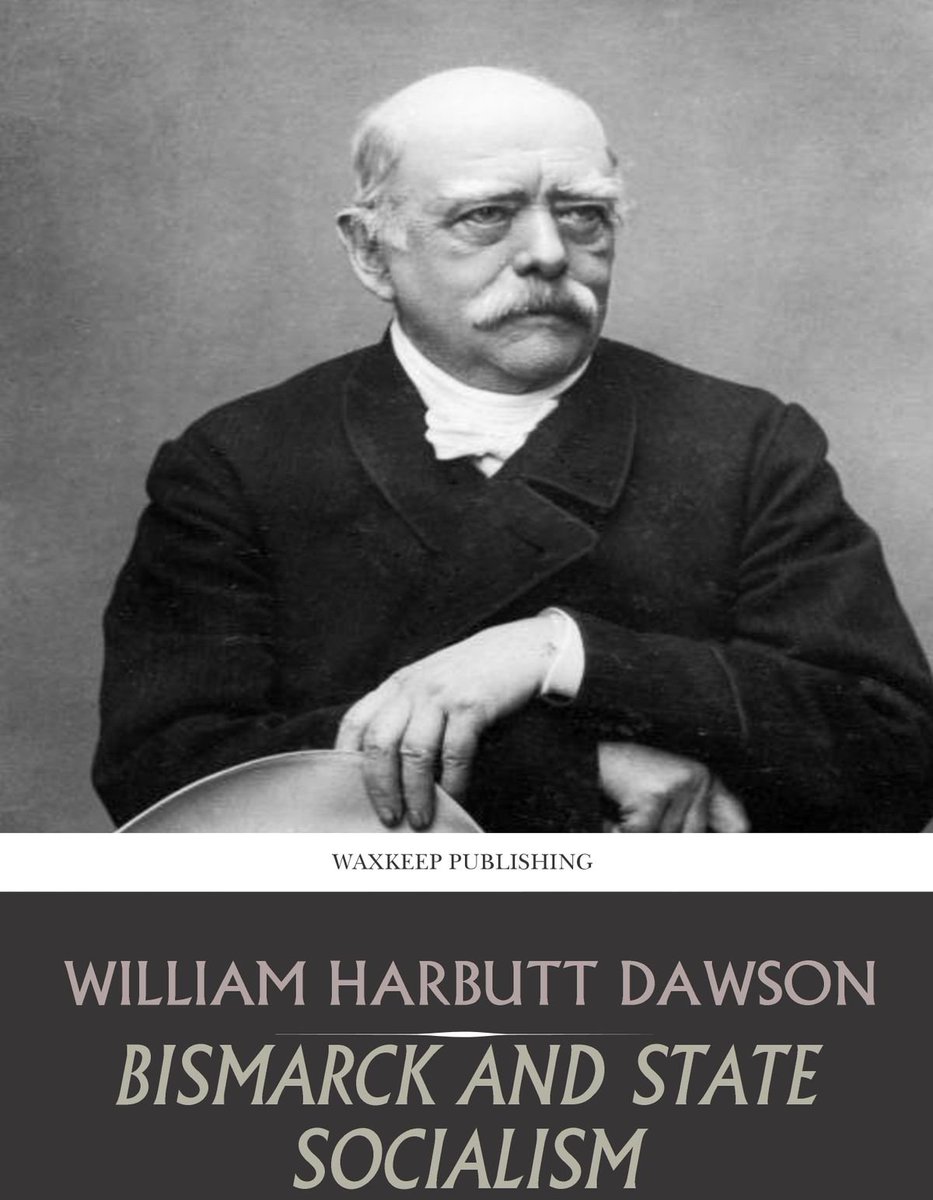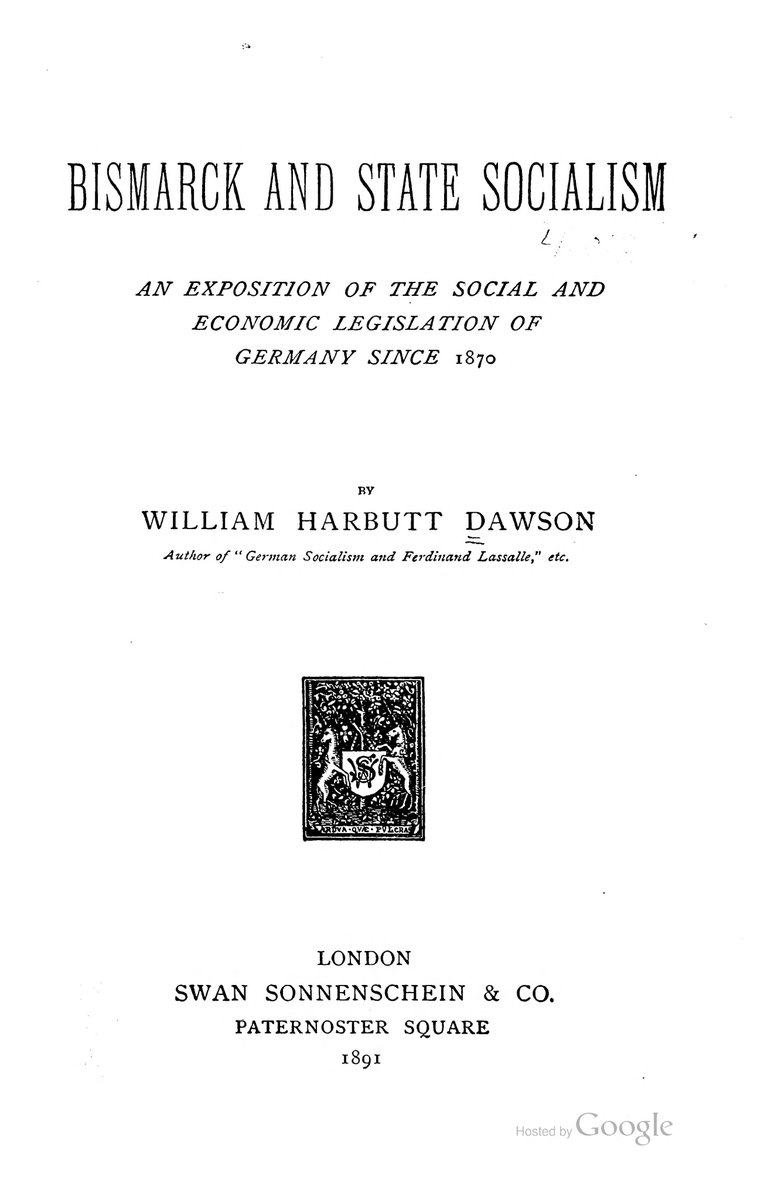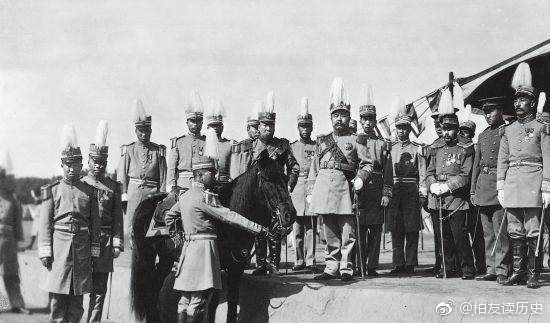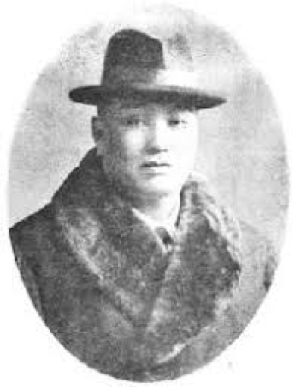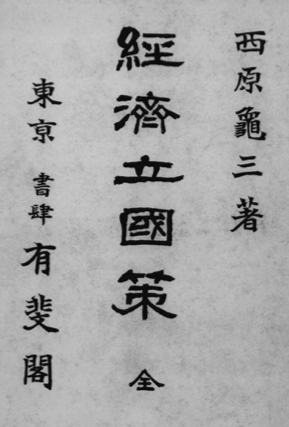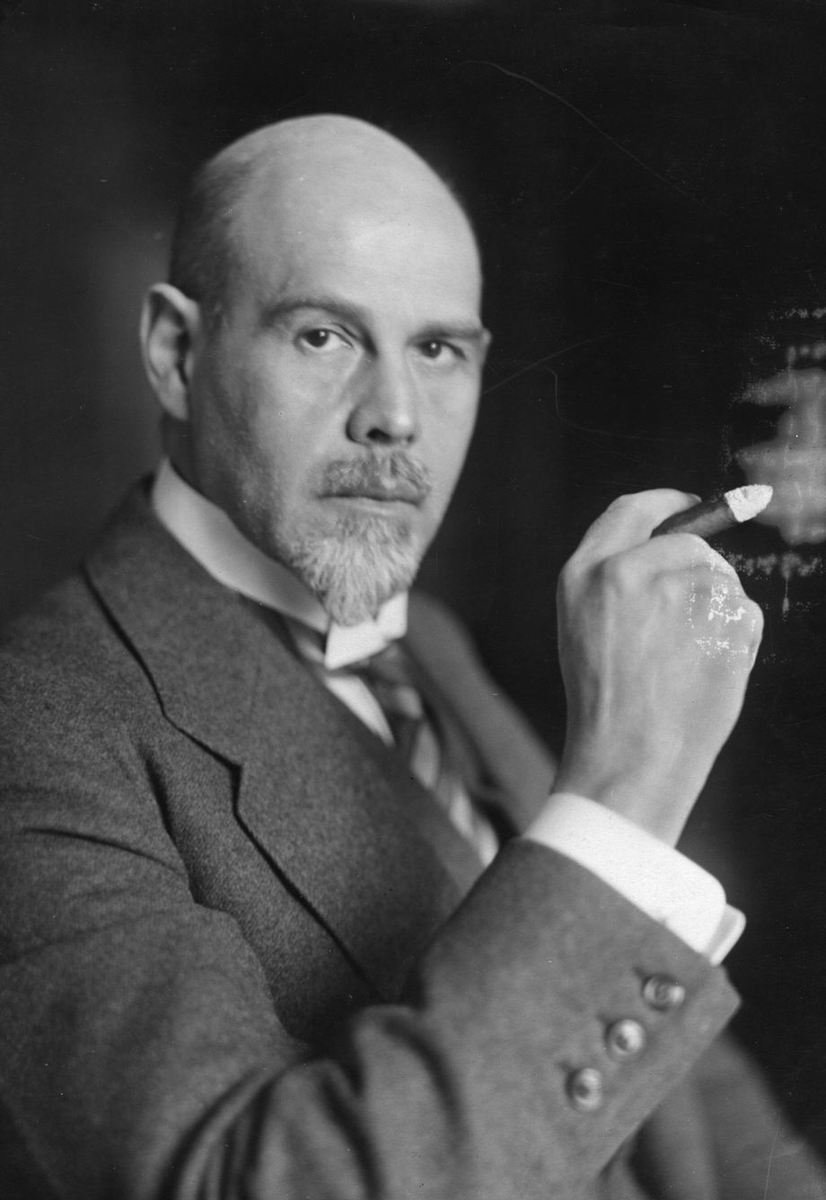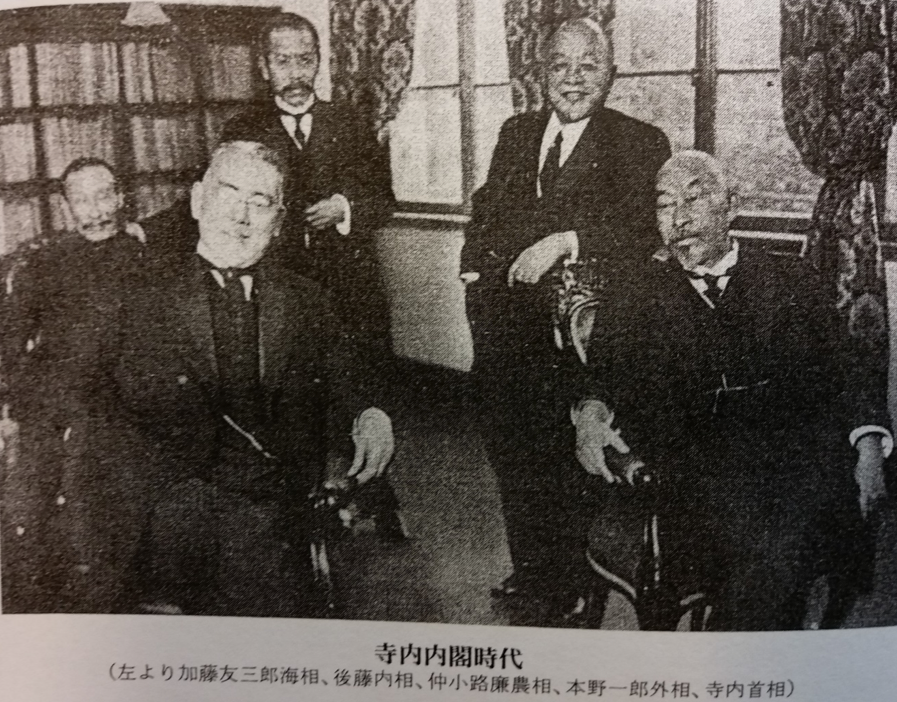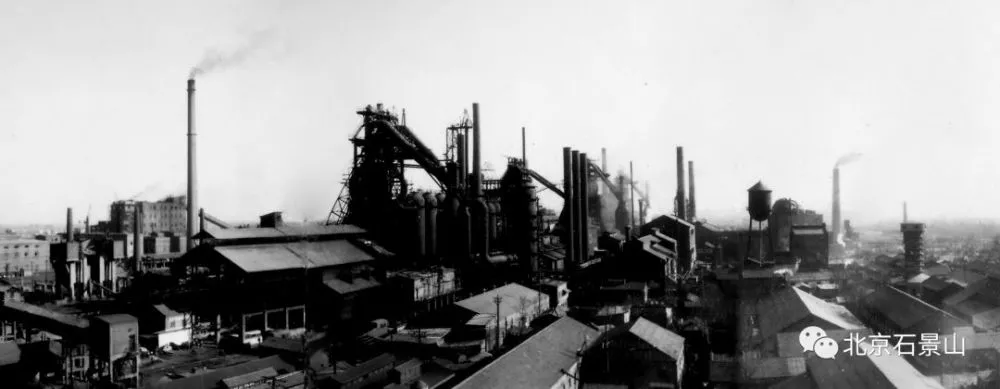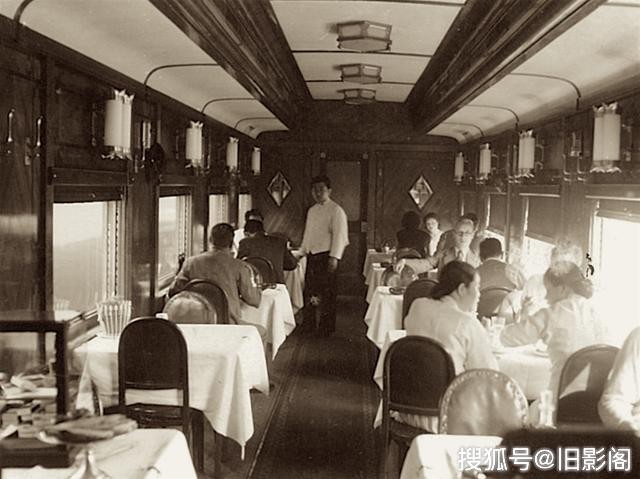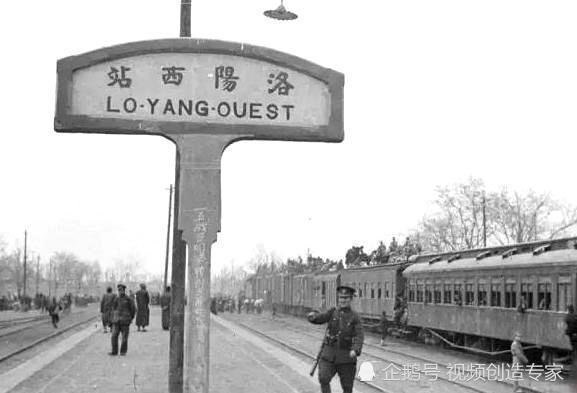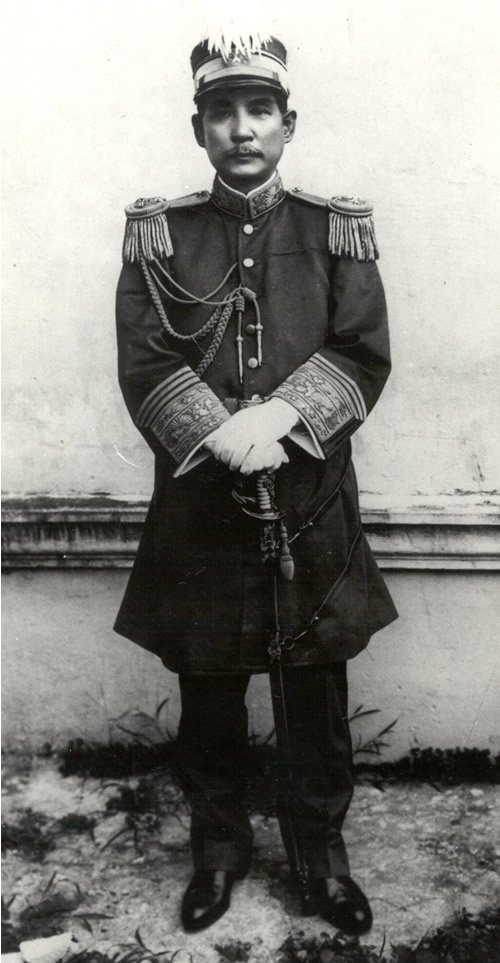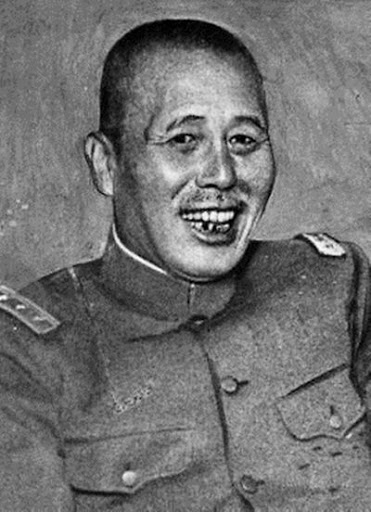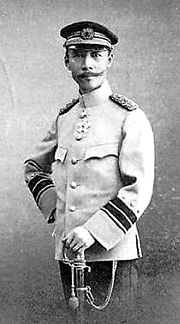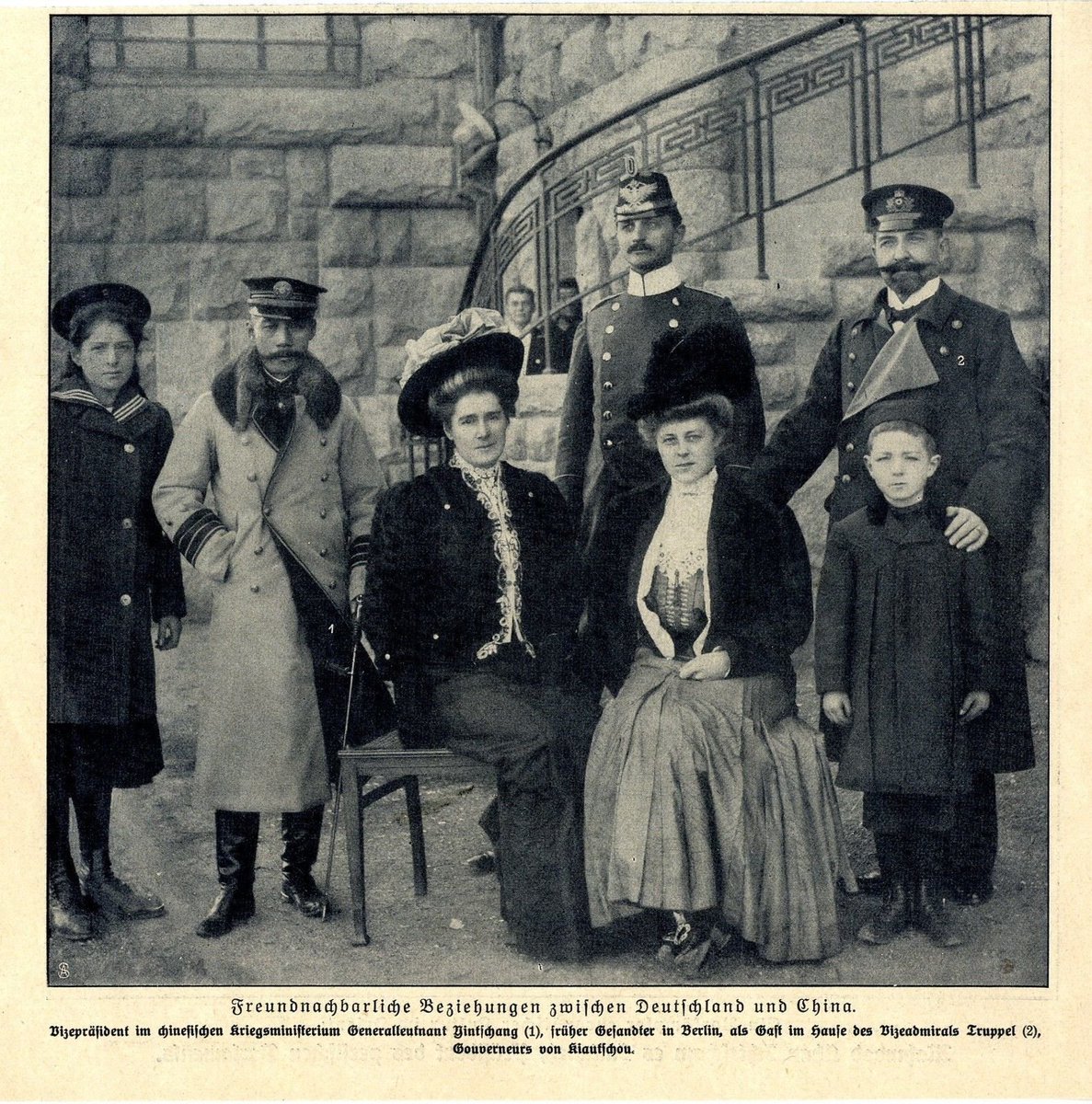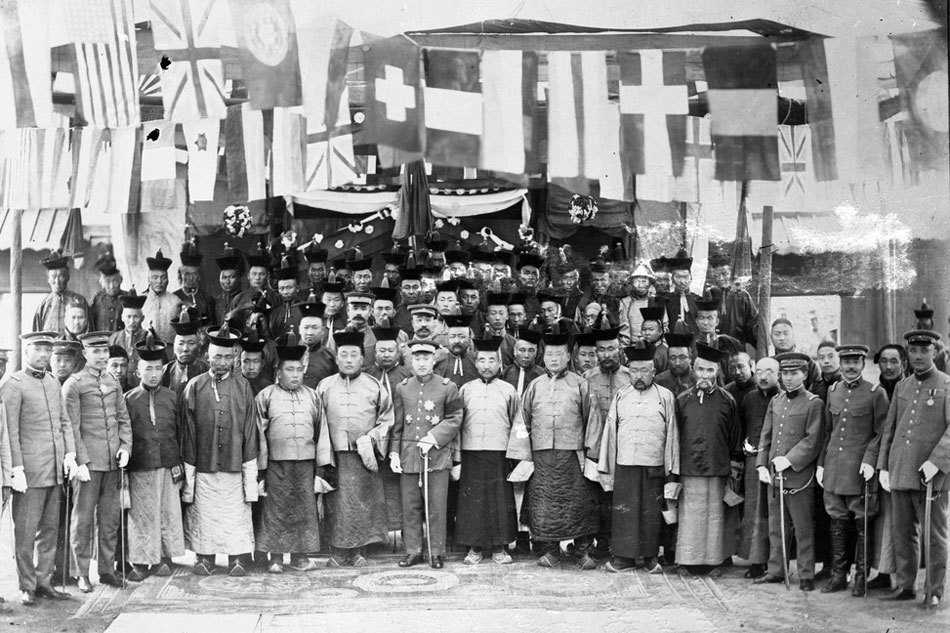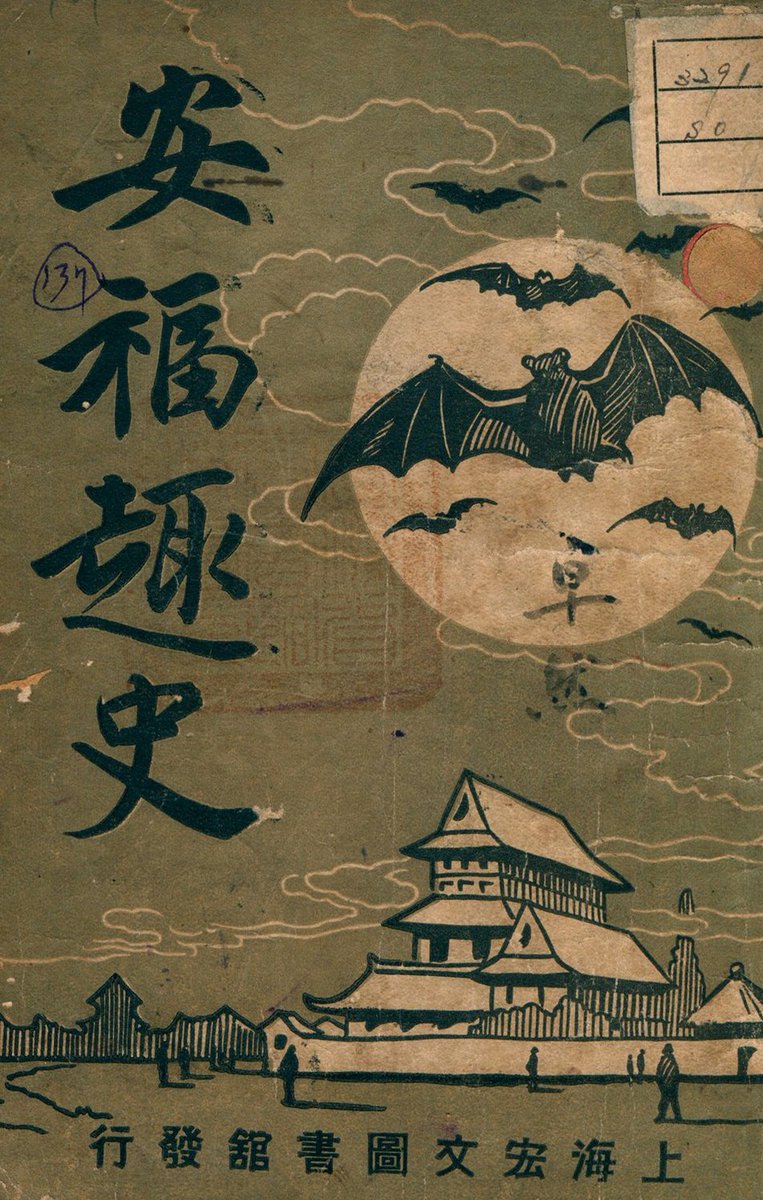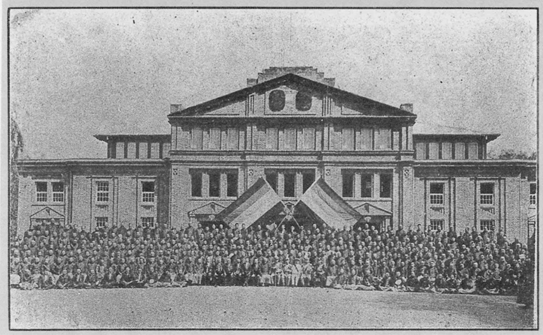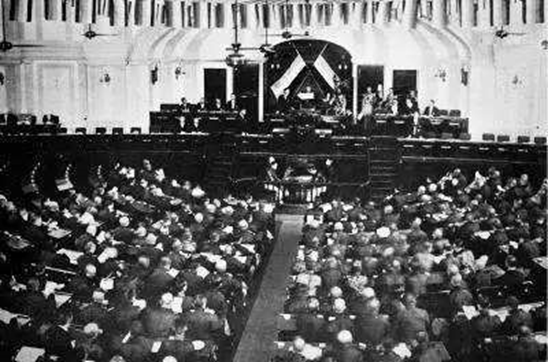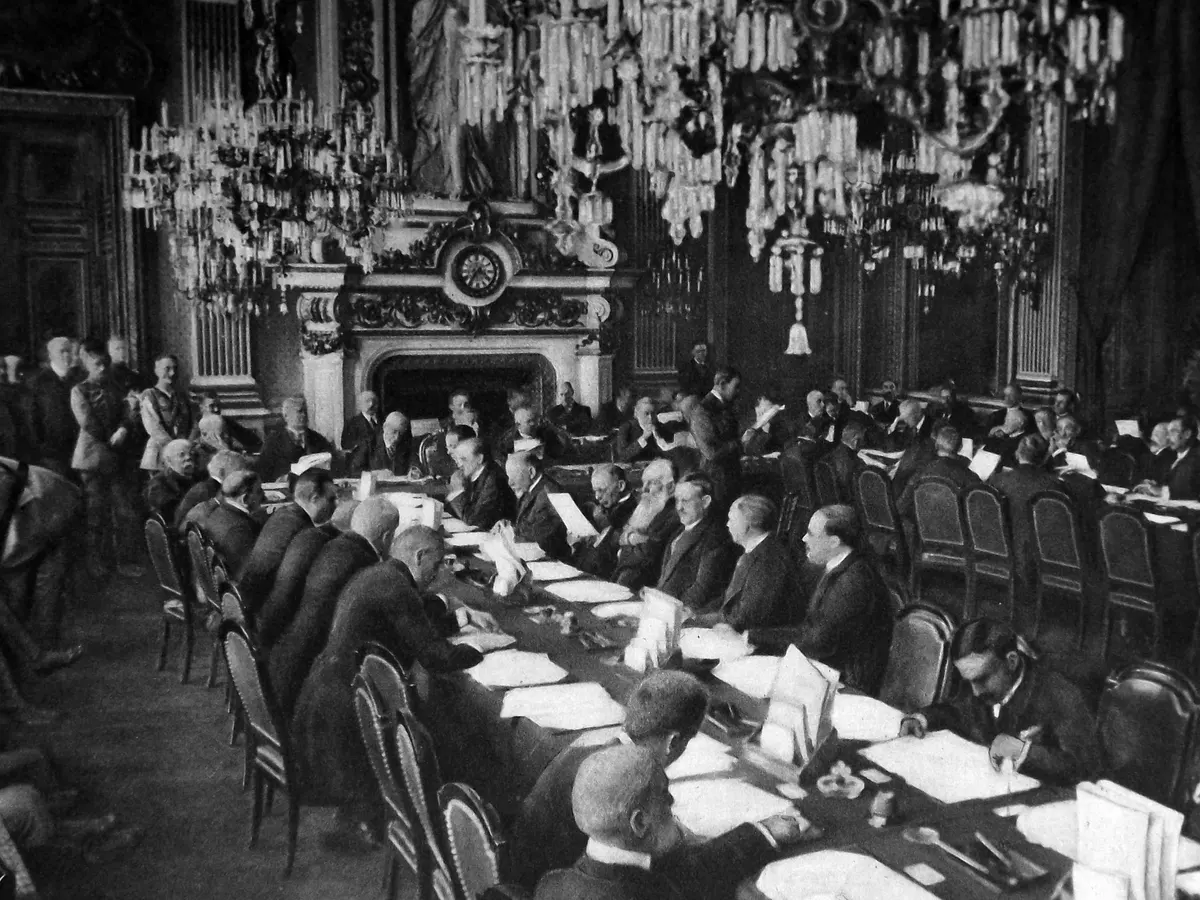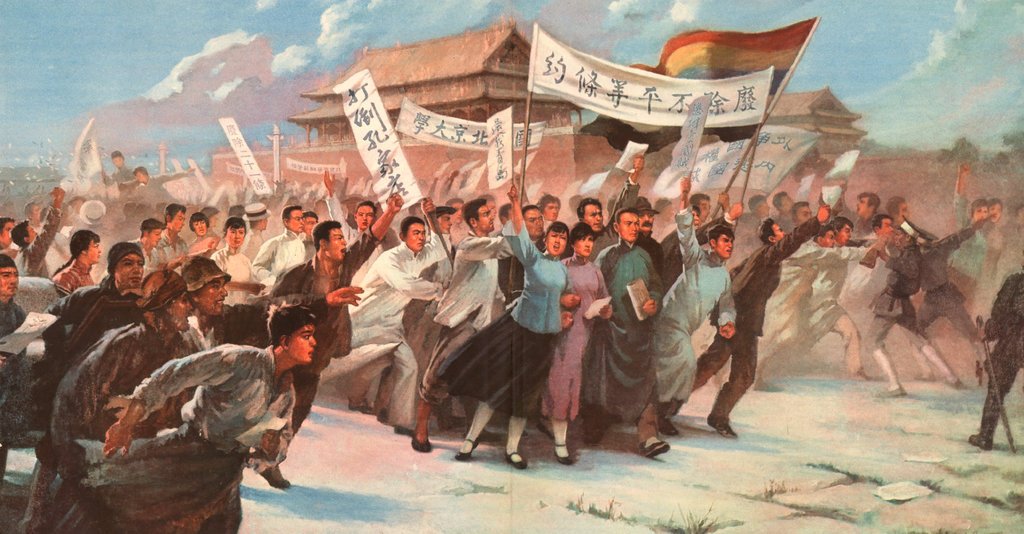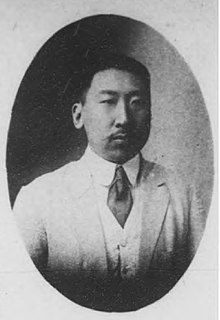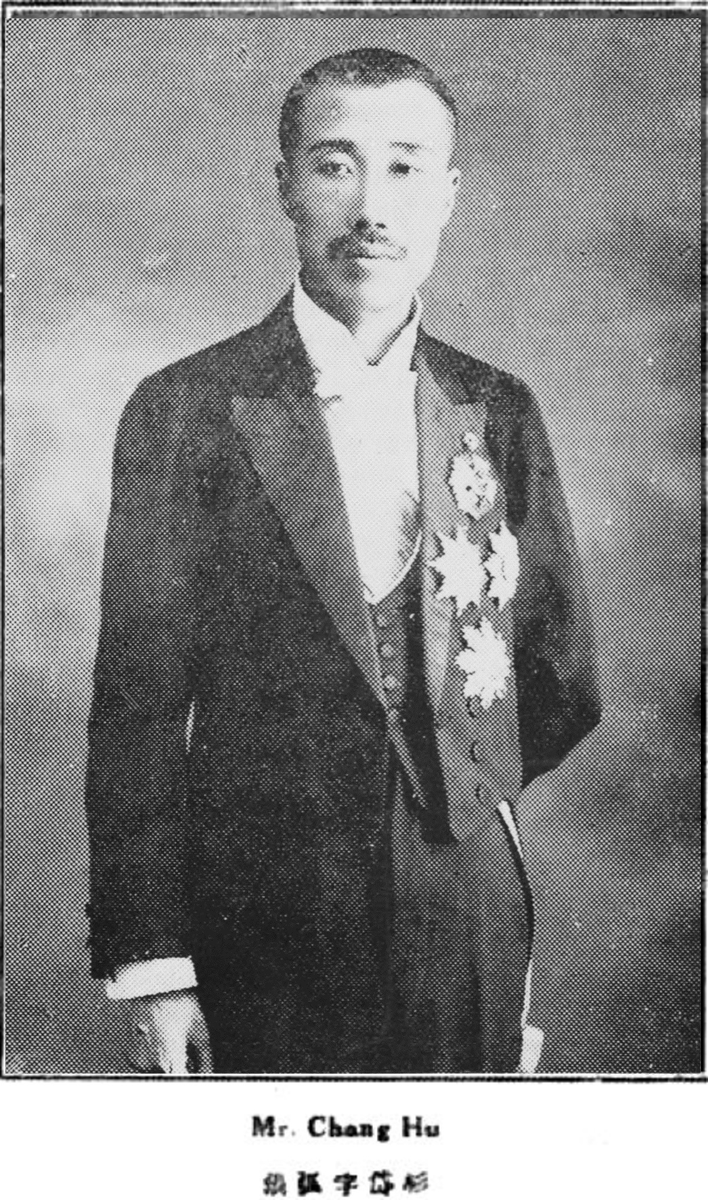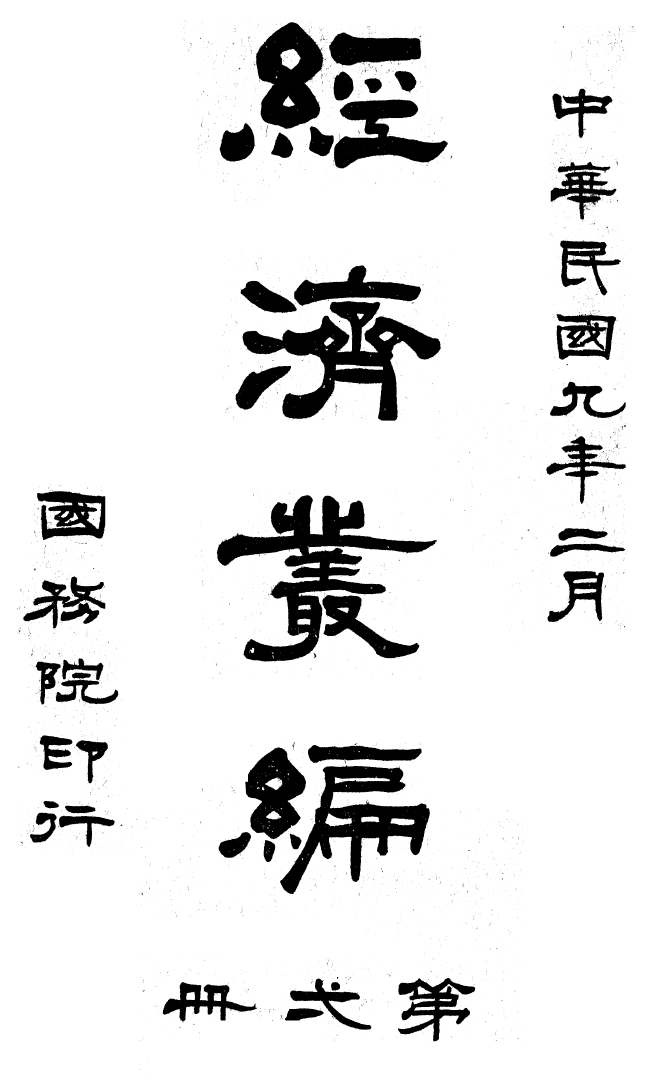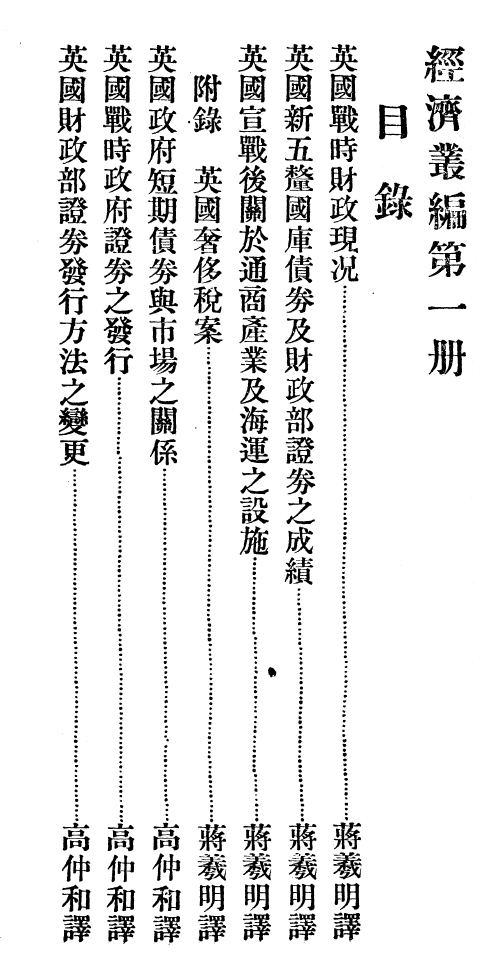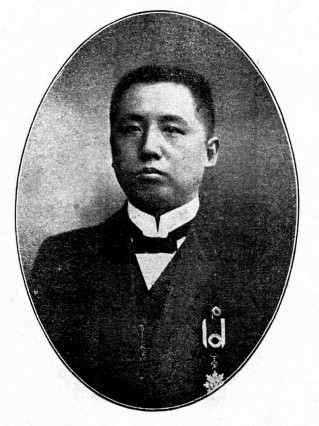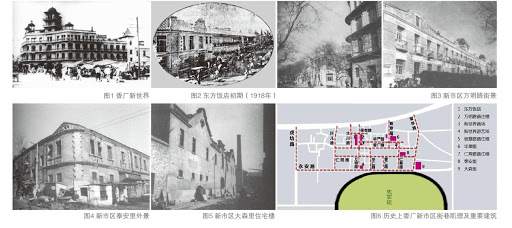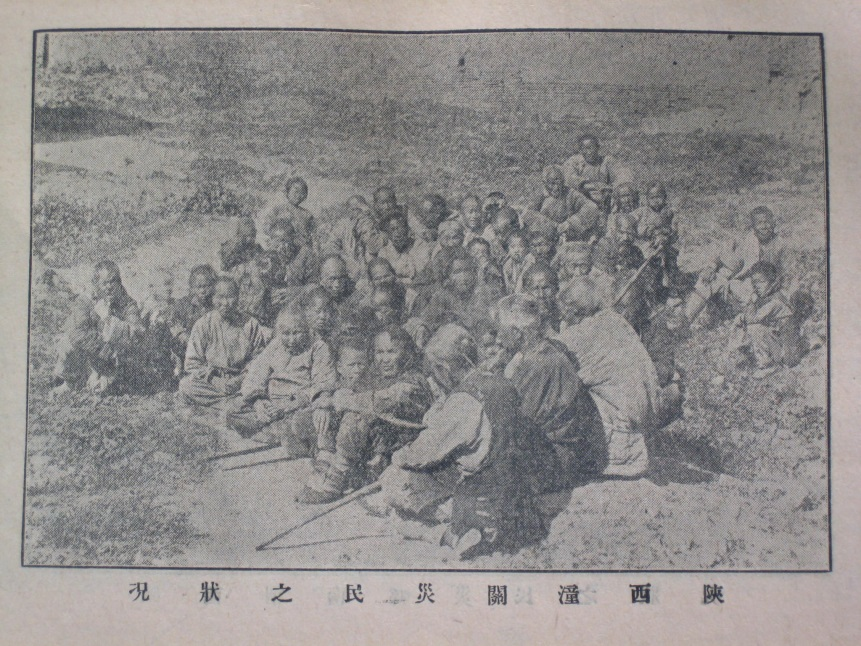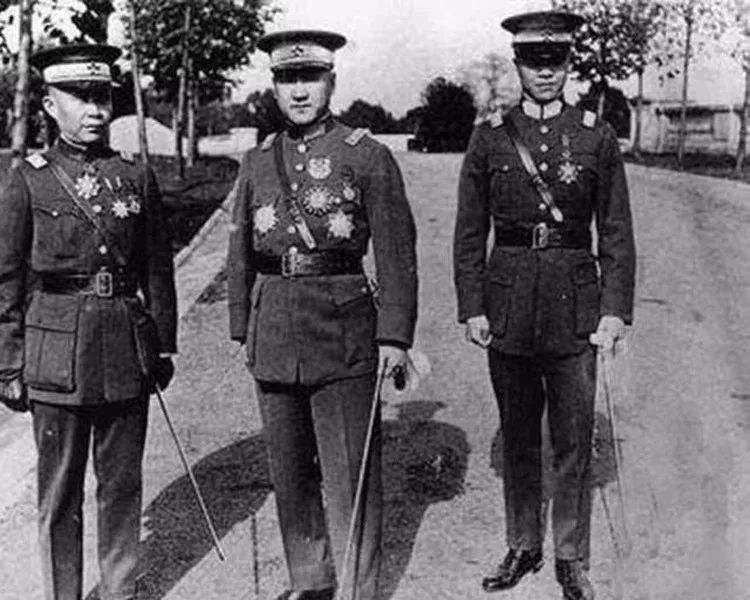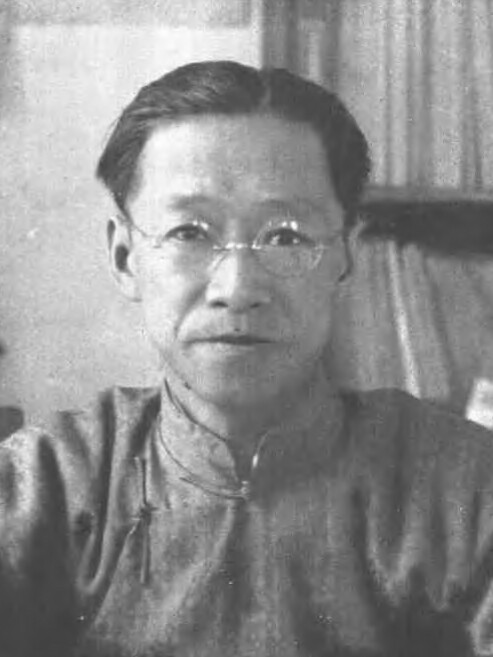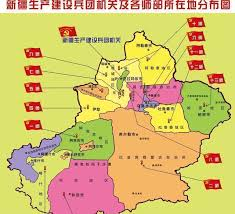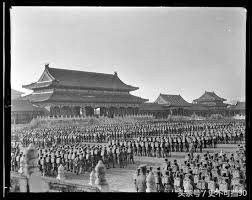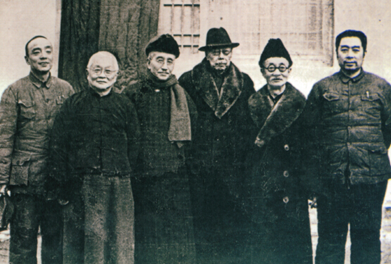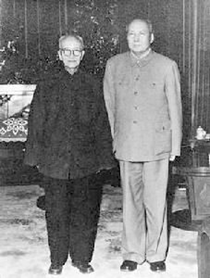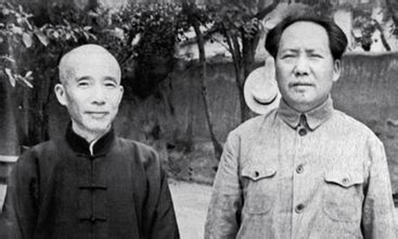1/ As 2020 draws to an end, and a new international balance of power might be on the horizon, it is worthwhile to revisit China's much-hated "Anfu Regime" toppled in 1920, the year when the Marxism Research Group, one precursor to the CCP, was founded.
The State Council, Peking
The State Council, Peking
2/ President Yuan Shikai had tried to make himself Emperor in 1915. This failed, and he died in 1916. Parliament, restored by Premier Duan Qirui, was gridlocked, for both the Nationalist (KMT) and Progressive Parties had splintered. China was divided between military strongmen.
3/ Duan was no ordinary warlord, having studied artillery at the Berlin War College, interned at Krupp, held meetings with other radical soldiers reminiscent of the 1921 Japanese Control Faction "Baden-Baden Conference" and quoted the laws of physics in his parliamentary speeches
4/ Duan relied on Progressive Party theoretician Liang Qichao. Liang had abandoned Constitutional Monarchism for Republicanism & despised Yuan's restoration. He decreed that his party would be a disciplined mechanical body of soldiers - the template for a new German-styled state
5/ The Progressives had mostly studied law or political science in Japan, some in "fast track" courses. Most read Swiss jurist Johann Caspar Bluntschli's organic state theory (which Liang translated) arguing for an organic integration of social interests, presaging corporatism.
6/ In July 1917, when another restoration attempt was held, this time for Puyi, they were defeated by Duan's forces, who launched an air raid against the Forbidden Palace - Asia's first. Duan and Liang then appointed a Provisional Senate to overhaul Parliamentary legislation.
7/ In late-1917 the govt proposed to reform the Senate as a corporatist chamber with economic representatives, retired bureaucrats and even Tibetan delegates elected by the Dalai and Panchen Lamas and Lhasa govt staff. This would have been Asia's first corporatist Parliament...
8/ ...based on the organicist theories of Albert Schäffle, a German State Socialist who wanted a mixed economy and worked on social legislation under Bismarck. Schäffle had argued that universal suffrage upset the equilibrium, to be rebalanced with functional constituencies.
9/ Duan and his Progressive cabinet then embarked on an aggressive State Socialist policy of debt-fuelled "catch-up industrialisation". Bismarckian State Socialism - nationalisation and basic social welfare - had come to China in the 1900s via Liang and Sun Yat-sen through Japan
10/ The top priority was a new steelworks, for supply had ceased during WWI, and railway projects had to stop. The army also needed steel. Duan, having declared war against Germany & Austria, wanted to send 30000 troops to Europe, so that he could recover the colonies in China
11/ Duan and Liang hoped for 200 million dollars of US funds, of which a quarter would be used for sending troops, with the rest available for economic construction. Yet the US funding never came. And then a certain Nishihara Kamezo approached both men offering Japanese loans.
12/ Nishihara was also a State Socialist, and in fact hoped for a total "barracks socialist" reform of Japanese economy and society. In this he was inspired by Walther Rathenau, who set up wartime Germany as the first planned economy in the world and proposed "Mitteleuropa".
13/ Nishihara, aide to Japan's PM Terauchi Masatake, thought the war was the best chance to build an "East Asian Economic League", self-sufficient in raw materials and markets, with a Bretton Woods-like arrangement between the Japanese gold-coupled currency and the Chinese yuan
14/ Liang welcomed the Nishihara Loans and planned a "Beiyang Leap Forward" - The "First National Steelworks of the Republic of China" boosting China's capacity from 25000 tons to 112500, and Provincial Industrial Boards promoting cotton and wool, paid for by the Boxer Indemnity
15/ Xinjiang was to be colonised by means of a railway from Xi'an to Ili and thence onto the Trans-Siberian or the Berlin-Baghdad, complete with a CCP-styled "Production & Construction Corps". This would have shortened the Eurasian journey by 2 days and divert traffic from Russia
16/ Yet the loans ignited a debate between realistic idealists like Liang who opted for cooperation with Japan, and ultra-realists who feared post-war Euro-US reprisals and Japanese domination of the Yangtze basin. By late 1917 the Progressive cabinet resigned along with Duan.
17/ The Chinese civil war at the time was a proto-proxy war, and a sub-theatre of WWI. Sun Yat-sen had accepted large sums from Germany to start a rival government in Guangzhou, and continued to ask for funding from the Japanese army (Tanaka Giichi) who hated Nishihara's pacifism
18/ Peking used WWI methods to conduct a war of annihilation on the South. Chief of Staff Yinchang, a Manchu, spoke fluent German, and drew up the Phase I - VI Campaign Plans. The March 1918 "Plan to Cleanse All Hunan" resulted in the 7th Division committing widespread atrocities
19/ Duan, under a military pact with Japan, started to train his troops for Europe, but then the armistice came. They were sent instead to take Outer Mongolia, where General Xu Shuzheng planned industrial development and like an "enlightened coloniser", started to learn Mongolian
20/ Duan was sometimes Premier but usually head of his new model central army. His political control was exercised through the Anfu Club, a disciplined party which commanded all three branches of govt, and was itself a stable alliance of parliamentary and bureaucratic factions
21/ Anfu took over 2/3 of Parliament through widespread rigging to ensure pre-determined lists were voted in. It represented an older mandarin literati generation who lost out politically in the 1911 revolution, but who started to invest in industry and was becoming a bourgeoisie
22/ Thanks to it being a corpus of more mature politicians, only 2 fights happened during the 1918-19 year compared to dozens in 1916-17. It passed a large number of much needed laws. The new constitution it drafted had some of the characteristics of a semi-presidential system
23/ The Nishihara Loans were known to finance Duan's wars; actually more than half went to daily govt expenses. When Versailles took place and China attempted to reclaim Shandong, secret arrangements with Japan concerning the first section of the Eurasian railway got in the way.
24/ Stirred by Progressive Party leaders, of which Liang contributed by sending telegrams direct from Versailles back to China on the country's plight at the conference, students in Peking erupted in protest on May 4th 1919, and the Anfu Club was named a treacherous group
25/ In the May 4th aftermath, Anfu leaders, who had mostly studied in Japan, accelerated their State Socialist plans. In July the Club announced the set up of a panel to study socialism. When asked about socialism, one leader said words to the effect of "It's the economy, stupid"
26/ China was aware of total war theory. In 1917, Duan set up a Wartime Economic Investigation Commission which was a corporatist organisation with local branches enlisting industrial representatives. This published substantial economic reports and sent staff on tours of Europe.
27/ This body was charged with planning powers, and in mid-1919, commissioner Li Qingfang proposed the Labour Protection Ordinance; it was decreed for immediate implementation - China's first labour laws. Phase two of the project would have seen UK-styled workers' insurance.
28/ In 1920, the body went one step further and proposed the setting up of Peasant-Worker Banks at prefectural level. This would have complemented President Xu Shichang's "Six Recommendations" on setting up nationwide peasant and worker cooperatives on the German and Danish model
30/ A "model district" in Peking was built in Xiangchang. High Industrial Commissioner Ye Gongchuo, a railway technocrat, drew up plans for motorways from Peking to Qinhuangdao port, and for suburban railways and new factories powered by a hydro-electricity dam on Yongding River.
31/ The Anfu regime also set up a National Food Council, and planned to reduce reliance on foreign loans and switch to domestic financing. Yet all of this came crashing down when the Anfu regime was toppled by a rival military faction. A huge famine then ensued, killing 500k.
32/ Anfu's legacy is enormous - the first to set up a "democratic centralist" and disciplined proto-party state, which with the 1920 reforms, could have become a Mexican-styled authoritarian social democracy - or perhaps a proto-Fascist state - Xu Shuzheng admired Mussolini.
33/ It was the start of China's technocratic era. The men who drew up the "Beiyang Leap Forward" plans in 1917, European-trained geologists Ding Wenjiang and Weng Wenhao, led the KMT Resources Commission and led China's WWII state industries. 90% of its staff went over to the PRC
34/ Anfu saw the first modern plans for the "complete settlement" of the ethnic minorities question, with clear inspiration from European (esp Russian and Japanese) colonial methods, for Xinjiang and Outer Mongolia. For better or for worse, this was the origin of today's problems
35/ Finally, a re-examination of Anfu's role, not only as catalyst for the CCP, but the very origin of the collectivised state socialist catch-up industrialisation policies of the PRC, allows us to understand how modern China was born out of European ideas for a better Leviathan
Many thanks to @jeremyyellen @Andrew_Levidis @egasmb @B4Btv @llchristyll and so many others who have offered me help over the years!
36/ I should add one more thing. Many Anfu men joined the PRC, becoming members of its legislatures and committees. Chian Yung, Justice Minister, and W. W. Yen, Premier in the 1920s, were amongst many who drafted the Counter Revolutionary Activity Punishment Ordinance in 1949.
End/ Anfu Club Councillor Fu Dingyi was Mao Zedong's most respected teacher, having been principal of the Hunan Teachers' School in the 1910s. Zhang Shizhao, an ally of Duan's (not in Anfu), was sent by Mao in 1973 to initiate talks with the KMT. He died en route in Hong Kong.

 Read on Twitter
Read on Twitter